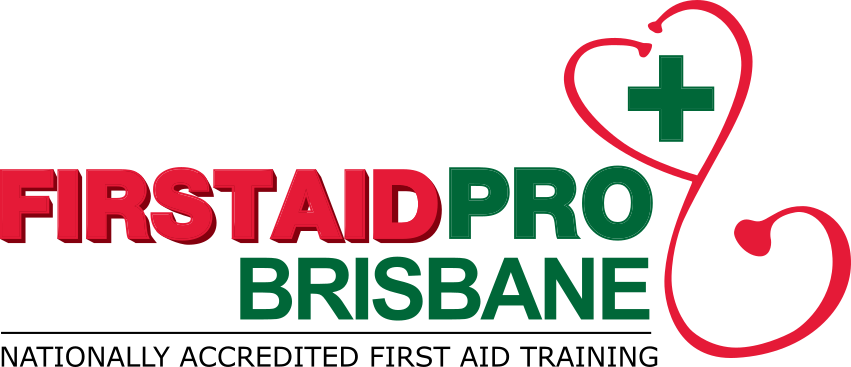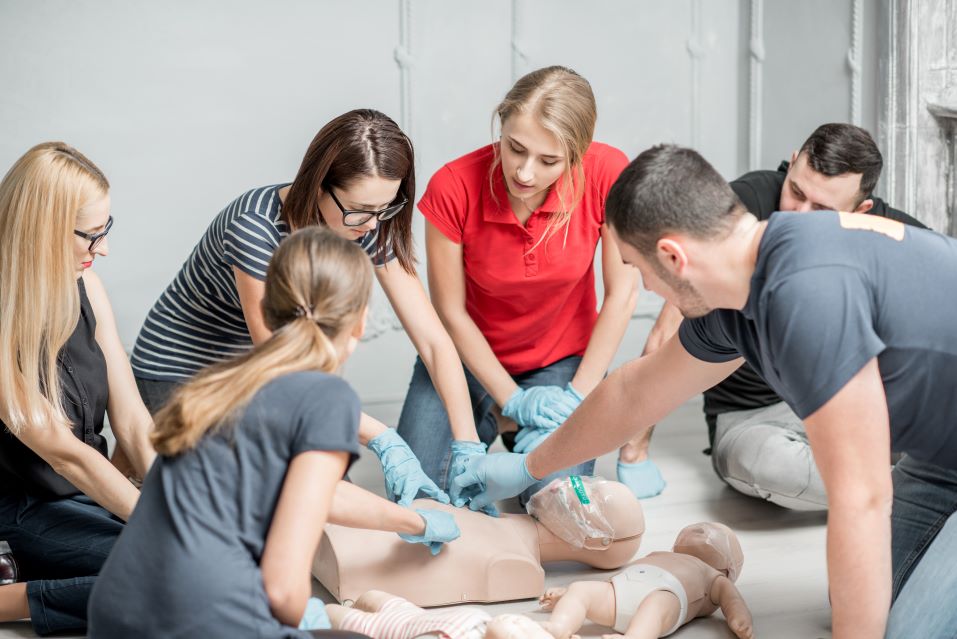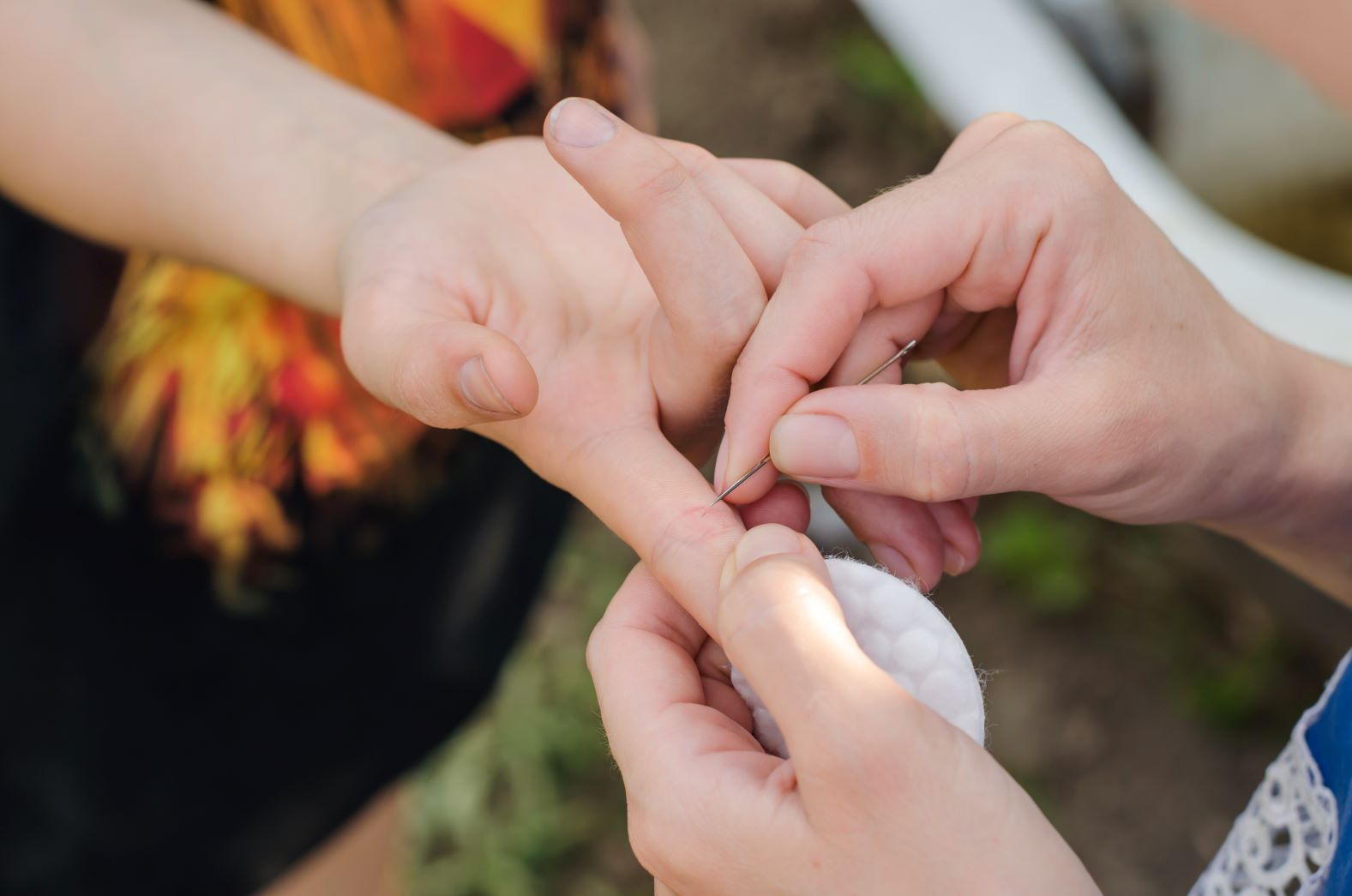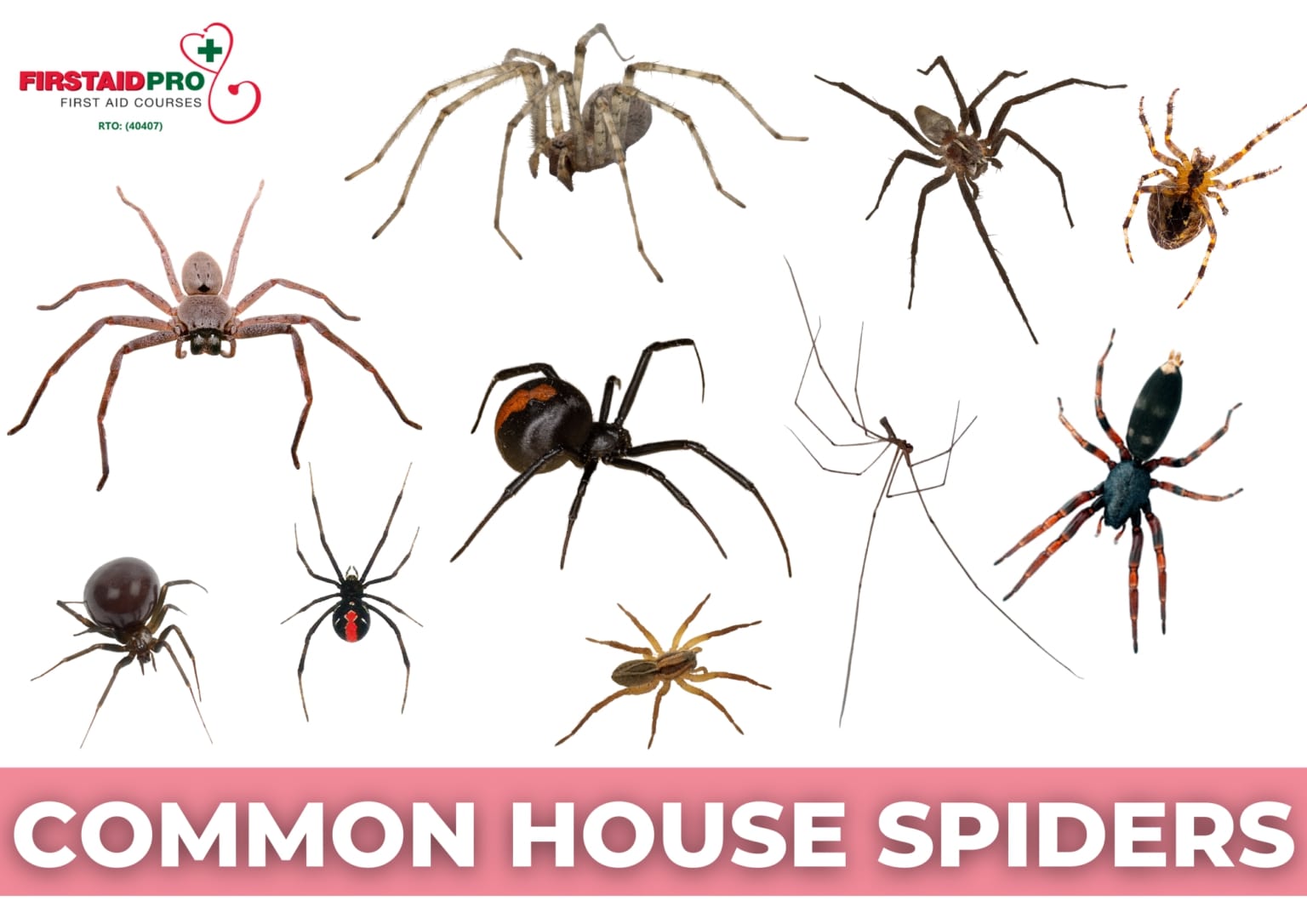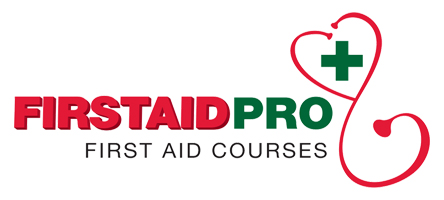There are many great outdoor activities to enjoy during cold months, but it is important to be aware of the first aid risks that come with the season.
Prepare yourself for dealing with cold-weather injuries by being cautious and bringing your A-game in providing first aid.
Cold-Related Emergencies
The familiar chill in the air may only mean it is the start of the cold season. Along with the fun outdoor activities in the snow, it is also best to prepare and gather enough information to stay safe during the cold winter months.
Common winter activities include skiing, ice skating, riding snowmobiles, ice fishing, snowshoeing, and more. While these can create lasting fun memories, they also present a high risk of injuries.
It is important for anyone spending time outdoors to know how to recognise potential injuries to prevent cold-related emergencies. Early recognition of injuries also helps in providing quick intervention when needed.
Know how to deal with cold-related injuries by brushing up on your first aid and lifesaving skills.
Cold Weather First Aid: How To Help
Here are common injuries that occur during cold weather.
Hypothermia
Hypothermia occurs when the body’s core temperature drops below 35°C. It usually happens after spending extended time in areas below 10°C or after being in the water with less than 20°C temperature.
A person with hypothermia may not be aware right away of the condition. However, a body temperature that is below 32°C is often life-threatening and needs medical attention.
Both children and the elderly are at particular risk of hypothermia. Even people with low body fat percentage is in danger of this particular cold weather injury.
First Aid for hypothermia involves trying to move the person away from the cold by transferring into another location or by covering them up. If the clothes are wet, remove and replace them with something warm.
Wrap the person in a warm blanket if available.
Frostbite
The cold weather often affects the blood flow and oxygen supply to different parts of the body. It is because the blood vessels tend to restrict and freeze the tissues, resulting in frostbite.
Frostbite occurs when the skin cells and tissues beneath freeze up, causing serious cell damage.
For treatment, use a warm compress to the central areas of the body (chest, neck, head) before proceeding with other extremities. Avoid applying direct heat as this can only do more harm than good.
If the person appears to have trouble or shallow breathing, begin CPR.
Sprains, Strains, And Broken Bones
In winter, sprains and strains often occur following a slip or fall on icy surfaces. These common winter injuries happen when the joints, muscles, tendons, and ligaments suffer trauma that causes extreme stretch resulting in injuries.
Pedestrians, small children, and the elderly are at much greater risk of falling on these conditions.
Remember the first aid acronym RICE when providing treatment to sprains, strains, and broken bones. RICE stands for rest, ice, compression, and elevation.
If this treatment does not work and there are developing symptoms, see a doctor.
Sports Injuries
Almost 60,000 Australians were hospitalised due to sports injuries, which is especially high during the cold season. The main reason for this is winter sports can be rough on the body.
The cold winds and chilly weather decrease the flexibility of the muscles, which increases the risk of injuries.
First aid treatment for sports-related injuries often involves wound care, and applying cold therapy such as ice packs, ice baths, and massage.
Watch out for signs of concussions, severe dislocations, and spinal and knee injuries.
Motor Vehicle Accidents
Winter driving can present serious risks and without proper precautions, it can lead to life-threatening emergencies.
In the event of vehicle crash, contact triple zero (000) or ask other bystanders in the areas to do so. For unconscious, non-breathing victims, prepare to administer CPR and make sure their neck, head, and back are treated with great care.
If the scene does not present an urgent risk, it is best to not move the victim until the arrival of emergency services. Watch out for developing symptoms and begin CPR when necessary.
Get Trained
Keep everyone safe, including yourself during the cold months by learning how to recognize common injuries and knowing to perform first aid.
Remember that preparation is the key to staying safe in the Australian winter months. We recommend creating an emergency kit and enrol in a first aid training course to be ready for cold-weather emergencies.
Book a first aid course today.
